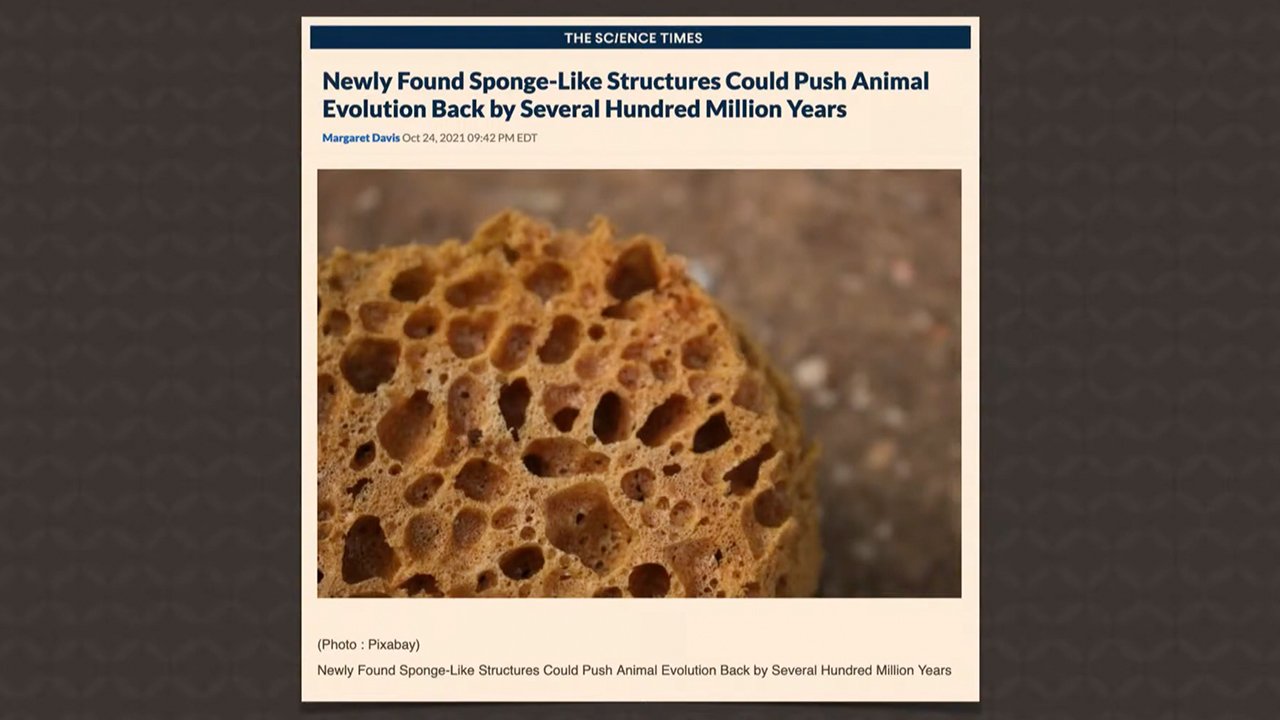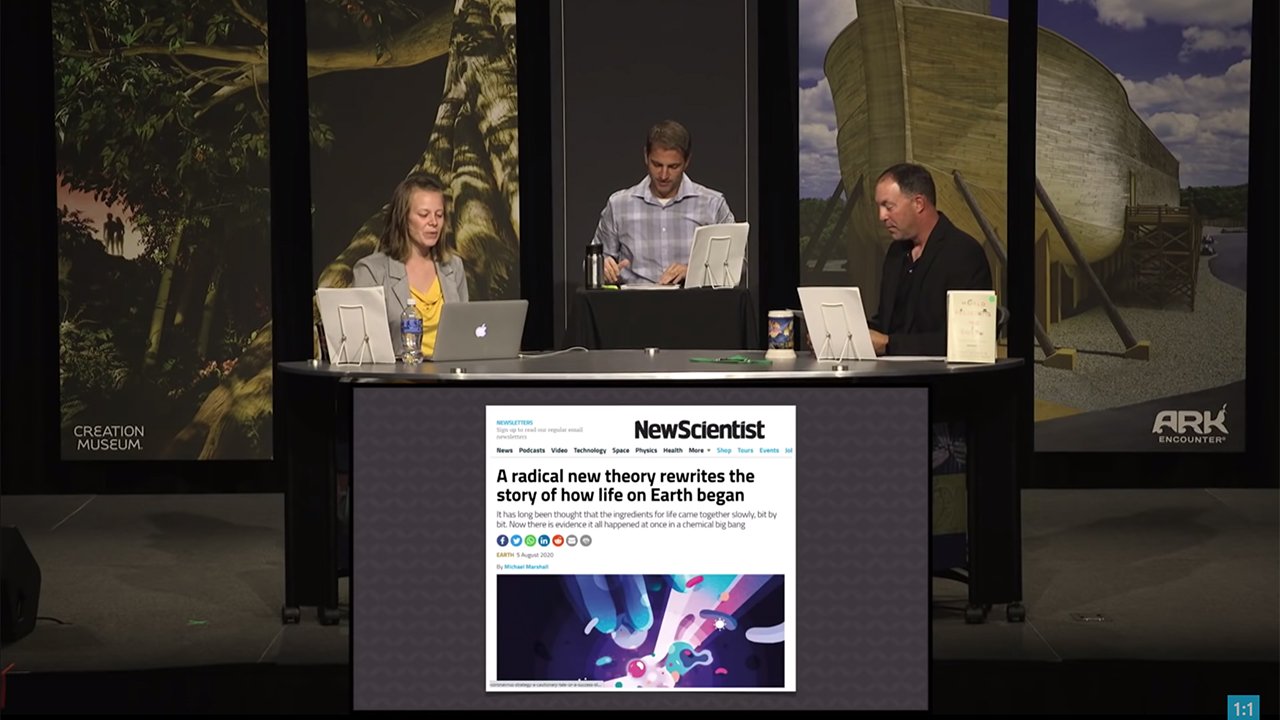From Creation Evolution Headlines
David F. Coppedge writes
Darwin’s Blunder Lives On
A major journal publishes a paper
claiming that natural selection is
like human engineering
Darwin’s blunder was criticised by scientists in his own day. He likened natural selection to artificial selection: i.e., human breeding of plants and animals. The two concepts could not be farther apart. They are opposites. Now, three guys print the same blunder out in the open with shameless bravado.
Weinberg’s Law: an expert is a person who avoids the small errors while sweeping on to the grand fallacy.
What farmers and ranchers do as they try to produce better tomatoes or stronger horses has nothing to do with Darwin’s theory. Breeders have foresight. They have intentionality. They set a goal, and can gauge the success of their efforts by measurable results. Darwin’s Stuff Happens Law has none of the above.
Charley specifically denounced any role for foresight, intentionality, or purpose in the operation of natural selection (NS). NS was to be a blind, unguided mechanical process all the way down. Darwin’s own “intention” was to rid biology of any role for a Creator God or designer of any kind. And yet he repeatedly used a fallacious argument from analogy for support, claiming that natural selection is like artificial selection. He was still claiming this in 1876 in the 6th edition of Origin of Species, 17 years after the 1st edition.
Slow though the process of selection may be, if feeble man can do much by artificial selection, I can see no limit to the amount of change, to the beauty and complexity of the coadaptations between all organic beings, one with another and with their physical conditions of life, which may have been effected in the long course of time through nature’s power of selection, that is by the survival of the fittest. [Origin, 6th ed., ch. 4, p85]
Ah, the fittest. Yes, that was the purpose of the blind watchmaker: increasing an organism’s “fitness” (whatever that is). Please re-read our entry, “Fitness for Dummies” to recall that fitness is a slippery, undefinable tautological term that can mean anything the evolutionist wants it to mean. But why would a blind process even know or care about the definition of fitness? Stuff Happens; that’s fitness in a nutshell. Anyone who stuffs that idea into his skull has it in a nut shell.
Darwin never saw his own fallacy. He should have known better, having been a pigeon fancier and a friend of breeders. He should have known that the outlandish varieties produced by breeders, like poodles and dachshunds and pouter pigeons would never have arisen naturally—indeed, they could not survive in the wild. But Charley reasoned that if breeders could accentuate small variations to those extremes, couldn’t Nature accomplish much more, given millions of years? “I can see no limit,” he said. That’s because his eyes were closed, and he was daydreaming in his imagination.
Summing up, Darwin thought (illogically) that if human intelligence can accentuate variations for a purpose, why couldn’t blind nature accentuate variations for no purpose at all? He reasoned that Nature is just like a thinking, rational breeder, that purpose is just like chance, that foresight is like blindness, and that intention is like aimlessness.
He didn’t get it. In his new book Darwin’s Bluff, Robert Shedinger quotes from Darwin’s own correspondence how he persisted in this fallacy to his dying day.
Darwin’s disciples today still sweep on to the same grand fallacy. Here is a spectacular example printed by Nature yesterday.
Engineering is evolution: a perspective on design processes to engineer biology (Nature Communications, 29 April 2024). These three Darwinians (Simeon D. Castle, Michiel Stock and and Thomas E. Gorochowski) do a one-up on Darwin. Not only is evolution like breeding, they assert; it’s like engineering! Indeed, they say, engineering is evolution! The paper is open access, so go ahead: watch them sweep on to the grand fallacy.
Read the rest of the article here







